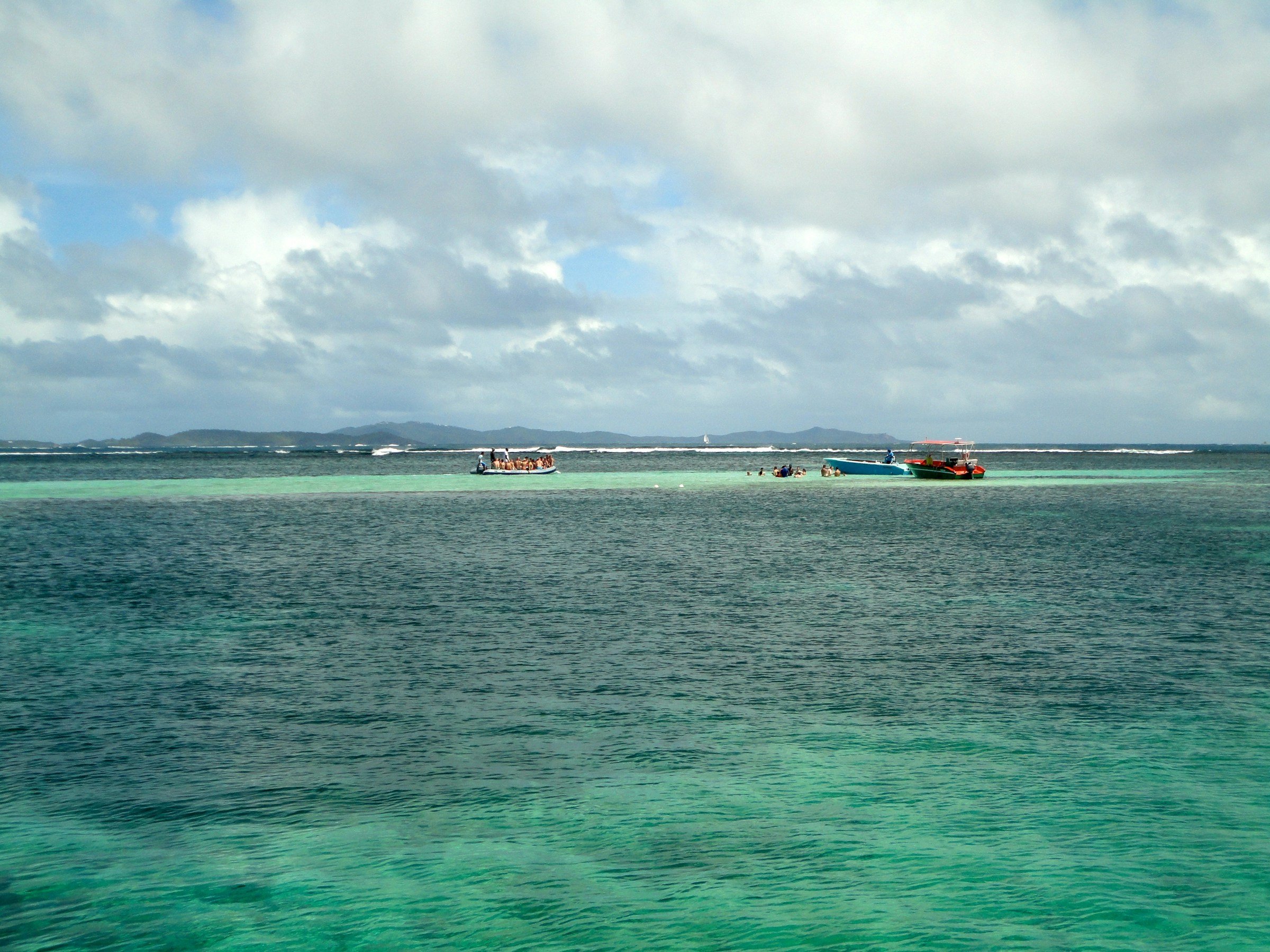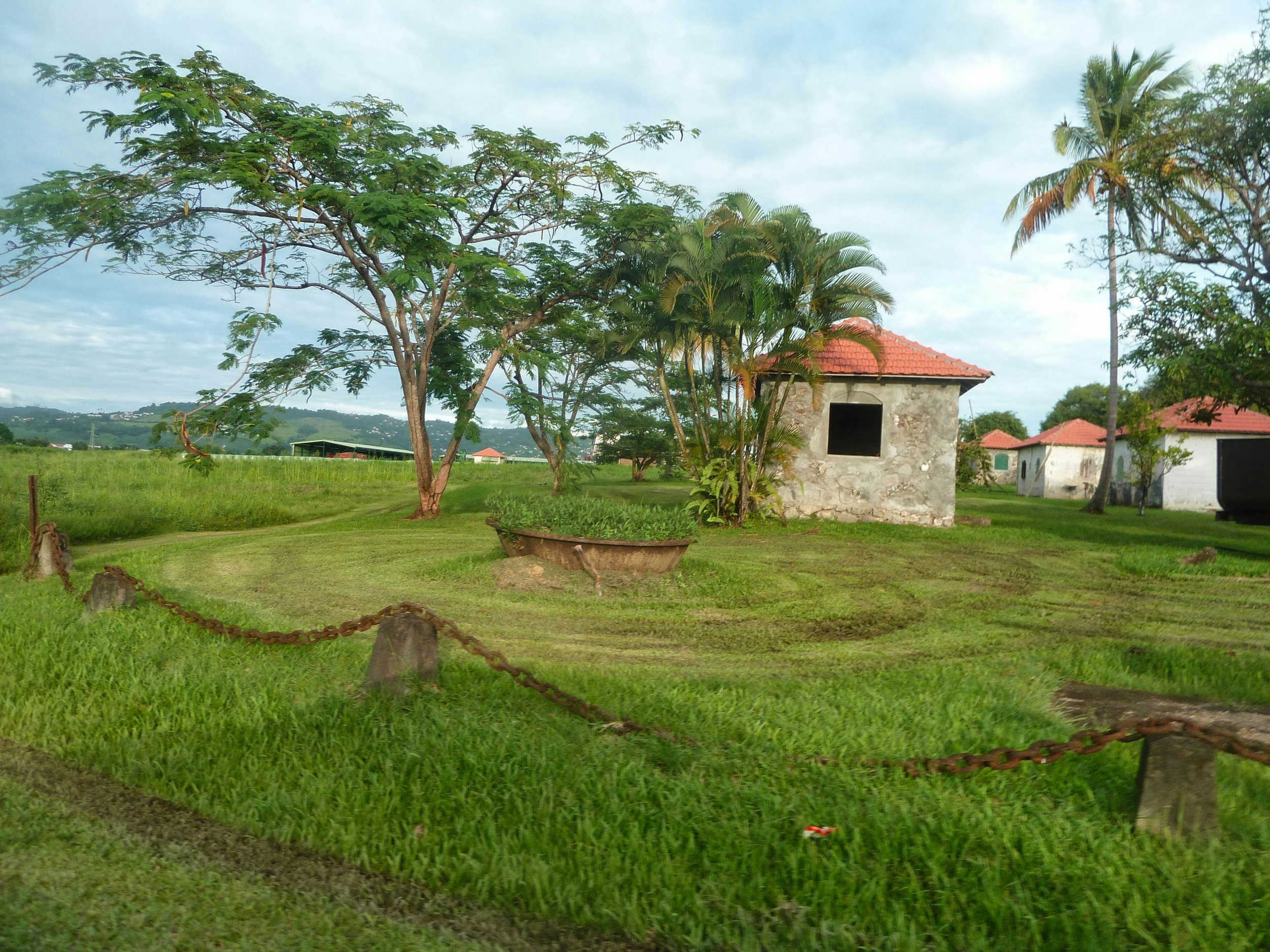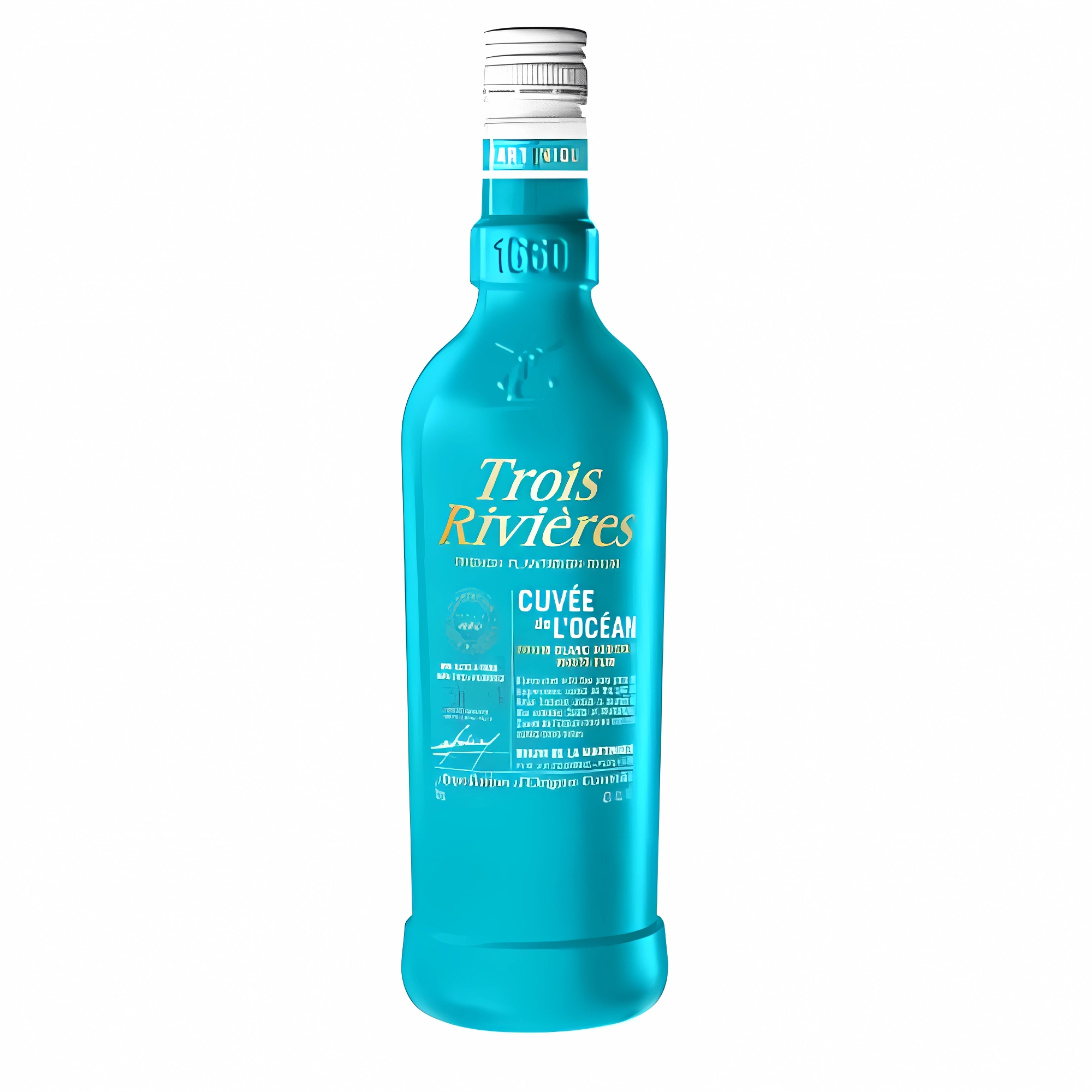The Birth and Rise of Rhum Agricole
Offshore Martinique
When sailing through the Lesser Antilles region of the Caribbean, between the islands of Antigua and Saint Lucia, travelers will find the French islands of Martinique, Guadeloupe, and Marie Galante. These islands are collectively the producers of most of the world’s supply of French agricultural rhums. These rhums hold their own unique identity and flavor due to the historic production methods that the distilleries use to create their products. These methods of using the base of fresh-cut sugarcane juice for fermentation give each rhum its own unique, terroir-driven flavor profile. The flavors found in the different expressions stimulate the imagination and palates of cocktail creators and spirit enthusiasts around the world.
History of the Winward Islands & Birth of Rhum Agricole
Remnants of the slavery era in the French colony of Martinique
At its height, the French government colonized and governed eight islands across the Winward Islands of the Caribbean, beginning with St. Croix and terminating at the island of Grenada. French exploration and colonialization began in 1628, and under the guidance of France’s Cardinal Richelieu, the Compagnie des Îles de l'Amérique (Company of American Islands) took over administratively the French portion of Saint Christophe (later known as St. Kitts) with orders to colonize other islands in the Caribbean. The company succeeded in its mandate of protecting the established colony in Dominica, and after losing their foothold in St. Kitts to the British, it formed a major colony on the islands of Guadeloupe and Martinique in 1635. The French used these islands as a foothold for colonization and conflicts for the next three hundred years.
Martinique established itself as an agricultural hub, growing bananas, pineapples, and sugar cane to export to mainland France. On May 8th, 1902, the Mount Pelée volcano erupted, destroying the town of Saint-Pierre and killing over 28,000 people on the island in two minutes. After this natural disaster and the collapse of the global sugar industry, the island was at a crossroads as it struggled to recover from what many saw as indomitable challenges. That same year, Homère Clément, a doctor and former mayor of Le Francois, became mayor deputy of Martinique. Using his political connections and popularity, he helps establish something new for the island economy to focus on. By taking the sugar cane already growing all over the island, he encouraged the production of rum by fermenting fresh pressed sugar cane juice and distilling it immediately, eliminating any part of the sugar production that had to be added to the process. This is why he is considered the godfather of Rhum Agricole.
The Subsequent History of Rhum Agricole
Martinique
Over the next hundred years, the production of Rhum Agricole and Rhum Industrial (rum produced from imported molasses) continued in the French islands, with Rhum Agricole slowly winning over the palates and minds of the people of mainland France and beyond. Using new column still technology, the production of their rum products began outpacing that of other islands in the Caribbean. It was not until the mid-twentieth century that Rhum Agricole overtook Rhum Industrial on Martinique, which is still produced in roughly equal quantities on the island of Guadeloupe. As time changed and competition within the global rum economy became more intense, the rhum producers of Martinique began developing their own “Appellation d’Orgine Contrôllée”(AOC) in the 1970’s. After many years of development, the AOC was established and signed on November 5th, 1996. As of March 4, 2024 the AOC has been changed to the “Appellation d’Origine Protégée” (AOP) a designation previously only allowed for French wines.
Receiving the AOP
For a rhum to receive the AOP marque, it must be produced from sugar cane grown in designated areas across the island. The rhum can only be created using fresh, pressed sugar cane juice and may not use any additions such as molasses or sugar during the production process. The quality of the juice must meet strict parameters, and once fermented, it may only be distilled using approved column designs that meet dictated specifications. The aging process must also meet certain parameters to achieve specific categories within the categories. According to the AOC Rhum de la Martinique, rhum blanc is a colorless rhum that must rest for a minimum of 6 weeks in metal tanks/vats after distillation. As soon as Rhum Blanc is in contact with oak barrels or oak vats it is defined as a Rhum Elevé Sous Bois.; Elevé sous bois (cask-aged rhum) must be aged uninterrupted in casks for 12 consecutive months; and finally, Rhum Vieux is a rhum that has been aged for a minimum of three consecutive years. The final check after the three-year aging process is that the liquid must meet a dictated chemical composition that ensures the bouquet of the rhum. Today, there are 15 companies producing rum and rhum on the island.
Rhum Agricole in the Modern Era
In 2015, the islands of Guadeloupe and Marie Galante established their own Production Geographical Indicator (PGI) that details the specific geographical origin and production of rums on those islands. It is more flexible than the AOC of Martinique as it covers the production of both Rhum Agricole and Rhum Industrial on the islands. These specifications account for the unique identity of each distillery and the resources of the area around the distillery, including sugar cane yield, molasses, production methods, and availability of water. Like the AOC, the PGI is focused on giving consumers’ confidence that they are partaking in spirits truly produced in that region and not sourced and bottled elsewhere. Currently, there are eight distilleries located on Grande Terre and Base Terre of Guadeloupe and three distilleries on the island of Marie Galante.
4 Rhum Agricole to Try
If you cannot get to the islands to explore the variety of Rhum Agricole’s these islands have to offer, here are a few suggestions you may find in stores and local establishments.
Rhum Saint James VSOP
Rhum Saint James VSOP
A 2022 New York International Spirits Competition (NYISC) Bronze winner this four-year-old 43% ABV rhum produced at the distillery Saint James in Sainte-Marie in Martinique. This rhum meets all the specifications of the AOC and was created using a Creole Column Still and aged in ex-Bourbon oak barrels. The distillery is focused on the environmental impact of their product, using the crushed sugar cane bagasse to help power the distillery, minimize CO2 impact on the island, and repurpose water used during distillation to hydrate the surrounding sugar cane fields.
Baie des Tresors
The 2021 Silver Medal The NYISC winner uses rhums produced around the island of Martinque and ages them in different casks depending on what region of the island they are sourced from. They pride themselves on having a more modern approach to rhum while remaining compliant with the regulations of the AOC. This rhum is a Rhum Blanc that does not undergo any ageing, only a resting and maturation period in stainless steel tanks/vats. The Flowe of the Winds expression is sourced from rhums produced on the Caravelle Peninsula, aged in used American White Oak Bourbon barrels, and bottled at 49.8 ABV. The Fruit of the Rains expression is sourced from cane grown close to Habitation Dufferet and aged in French oak casks before being bottled at 50% ABV.
Rhum Damoiseau
Rhum Vieux Brut de Fût (meaning cask strength) is a Rhum Agricole produced on the island of Guadeloupe. Using sugarcane from around the island, the company uses two crushers and four mills to extract the juice for their products. In recent years, the company has installed two additional column stills, innovating and refining their production processes. The rhum was distilled in 1995, aged in American white oak barrels, and bottled in 2010 at 66.9% ABV.
Trois Rivieres Cuvee de L'Ocean
Trois Rivieres Cuvee de L'Ocean
The 2023 NYISC Gold Medal winner is created using cane harvested from the south of Martinique. The juice is fermented and distilled using column stills at the island's oldest and largest plantation, which is located between the Atlantic Ocean and three rivers: Oman, Bois d'Inde, and Saint Pierre. This rhum is a Rhum Blanc that does not undergo any ageing, only a resting and maturation period in stainless steel tanks/vats







